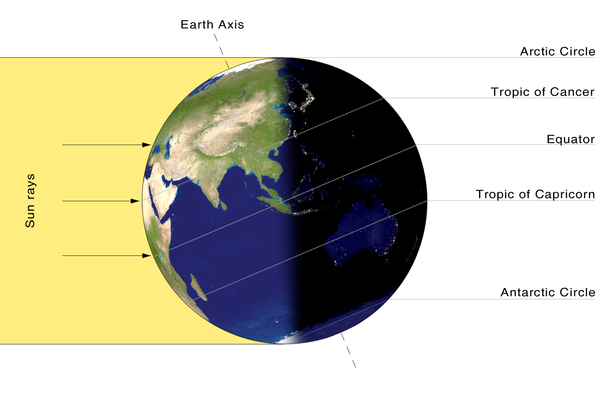A solstice happens when the sun’s zenith is at its furthest point from the equator. During the June Solstice, the sun’s zenith reaches its northernmost point and the Earth’s North Pole tilts directly towards the sun, at about 23.4 degrees.
The June solstice occurs each June 20th to 22nd, which varies depending on the Gregorian calendar. In the Northern Hemisphere, this solstice is the summer solstice, whilst in the Southern Hemisphere it is the winter solstice. Another name is northern solstice because it is the first day of summer in the northern hemisphere.
The June Solstice is special because it marks the day with the longest daylight hours for the Northern Hemisphere. The solstice is interesting because it marks a shift in the amount of daylight. After the solstice, the days start to get shorter and the nights get longer in the Northern Hemisphere.
Some cultures would celebrate the June Solstice with different events. In ancient China, the summer solstice was associated with “yin,” the feminine force. Festivities celebrated Earth, femininity, and the “yin” force. For some in ancient Northern and Central Europe, this time of year was celebrated with bonfires, which was thought would boost the sun’s energy for the rest of the growing season and guarantee a good harvest for the fall. Several Native American tribes took part in solstice rituals.

Be the first to comment on "June Solstice"